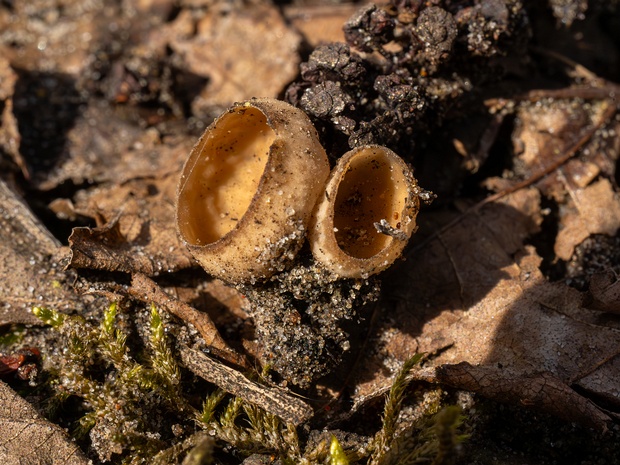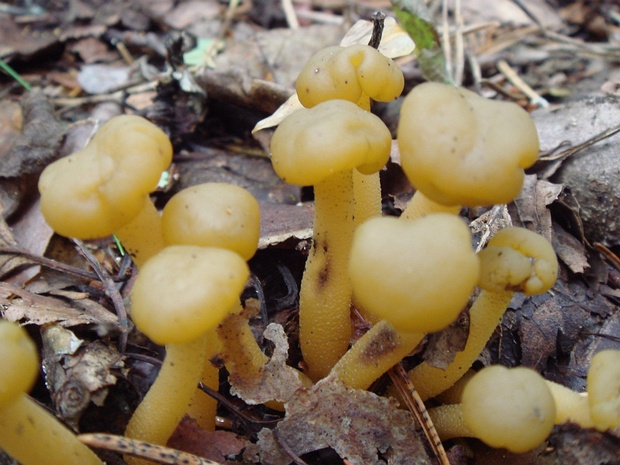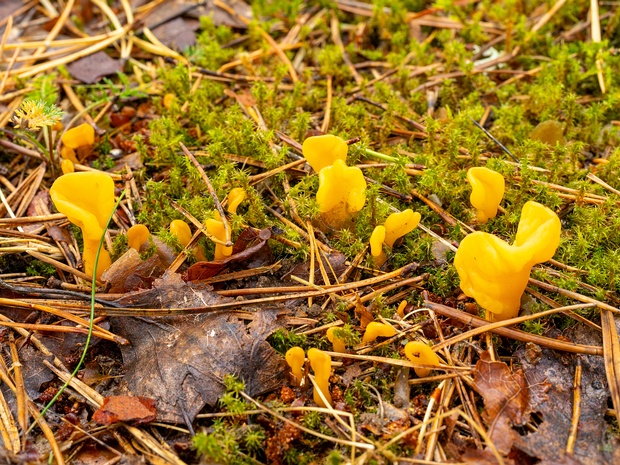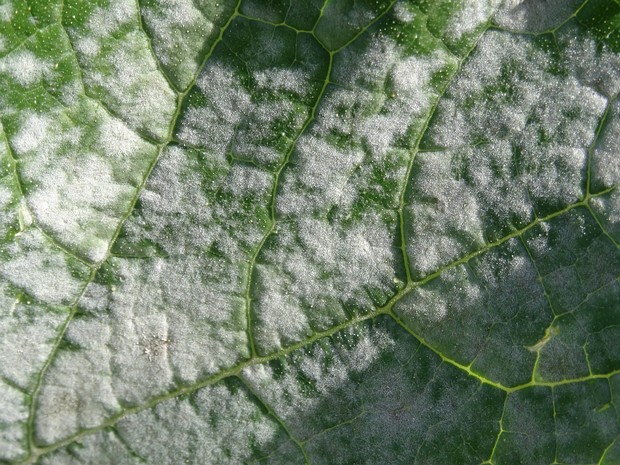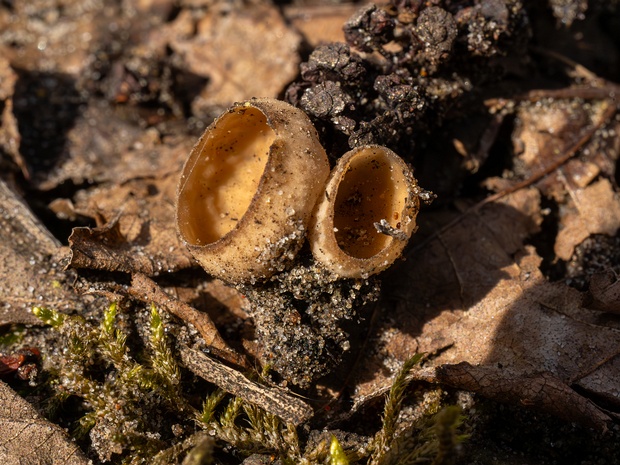Леоциомицеты - Leotiomycetes 9/11/09—10/26/24
Leotiomycetes is a class of fungi within the Ascomycota phylum. The class contains a diverse range of fungi with varied ecological roles, including plant pathogens, mycorrhizal symbionts, and saprotrophs.
Many Leotiomycetes fungi have a cup-shaped or apothecial fruiting body, which produces spores for reproduction. The fruiting bodies can be small and inconspicuous, or large and showy, depending on the species.
Some well-known plant pathogens within Leotiomycetes include the powdery mildew fungi, which affect a wide range of plants, and the apple scab fungus (Venturia inaequalis), which can cause significant economic losses in the apple industry.
Leotiomycetes fungi also play important roles in mycorrhizal symbioses, forming mutually beneficial relationships with the roots of many plant species. These fungi can improve the uptake of nutrients by the plant and help protect against soil-borne pathogens.
Research on the ecology, taxonomy, and physiology of Leotiomycetes fungi aids in understanding their distribution, virulence, and potential applications. Some species within this class may have potential applications in biotechnology and pharmaceutical research due to their unique secondary metabolites.
In summary, Leotiomycetes is a class of fungi containing a diverse range of species with varied ecological roles. These include plant pathogens, mycorrhizal symbionts, and saprotrophs. Research on this class aids in understanding their ecology, taxonomy, and potential applications.
